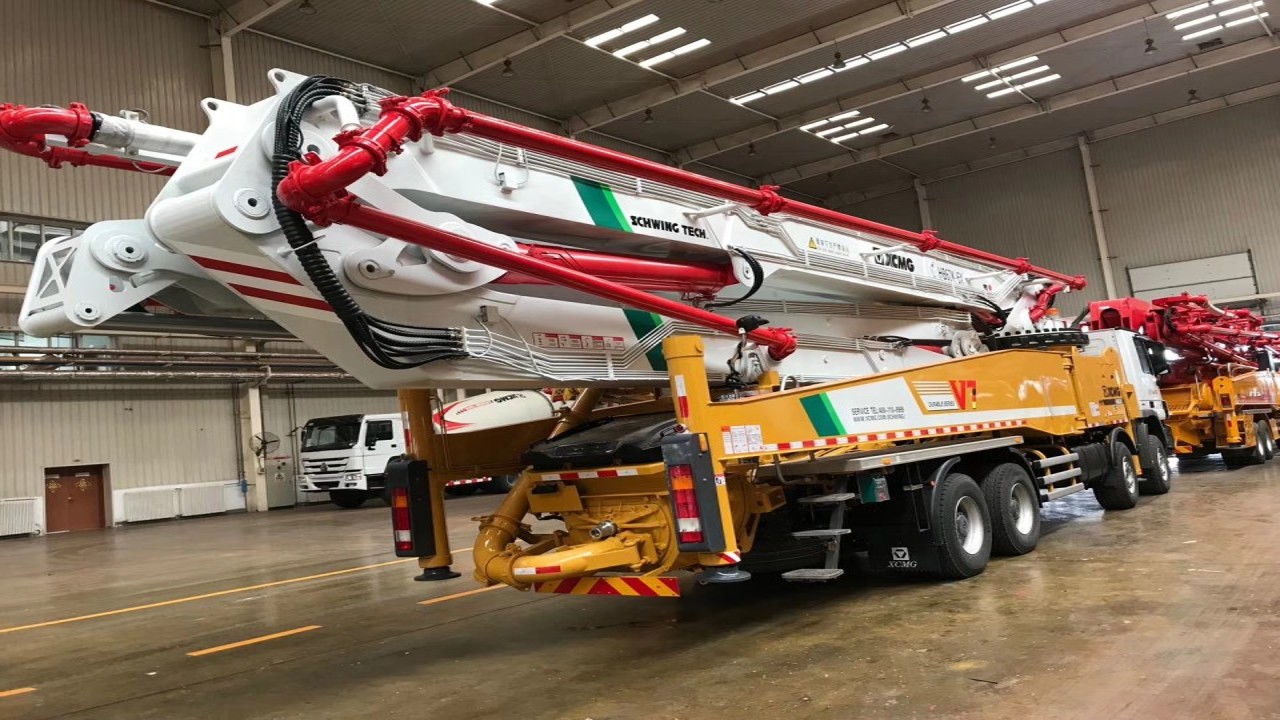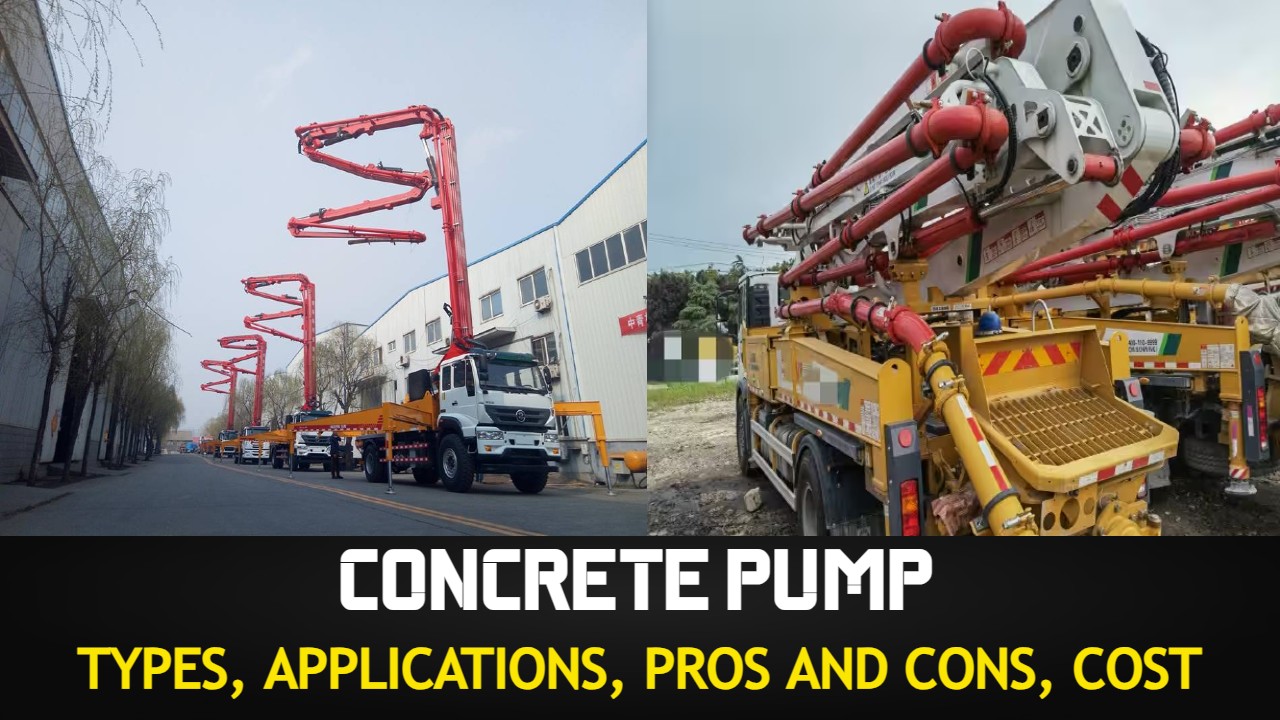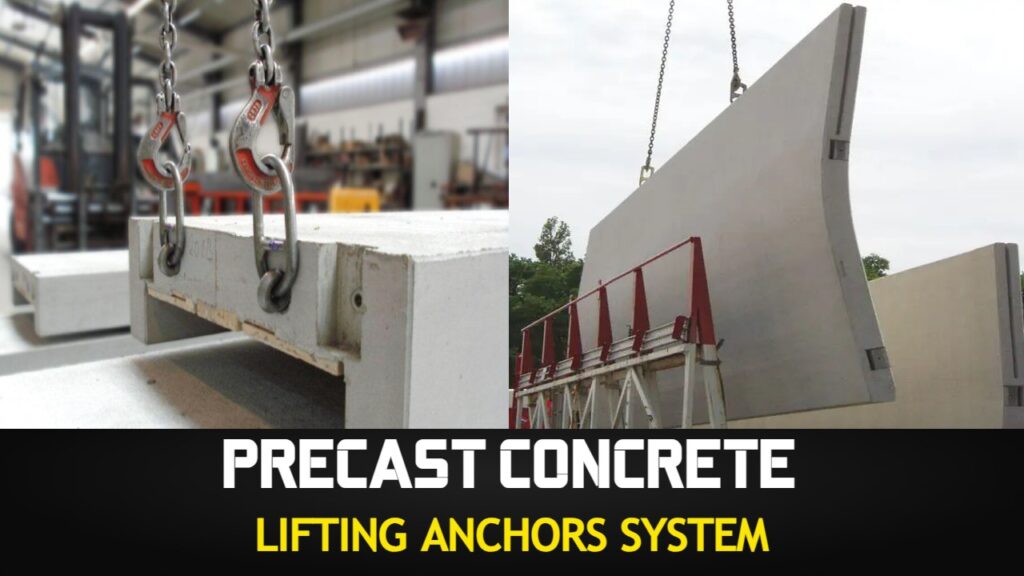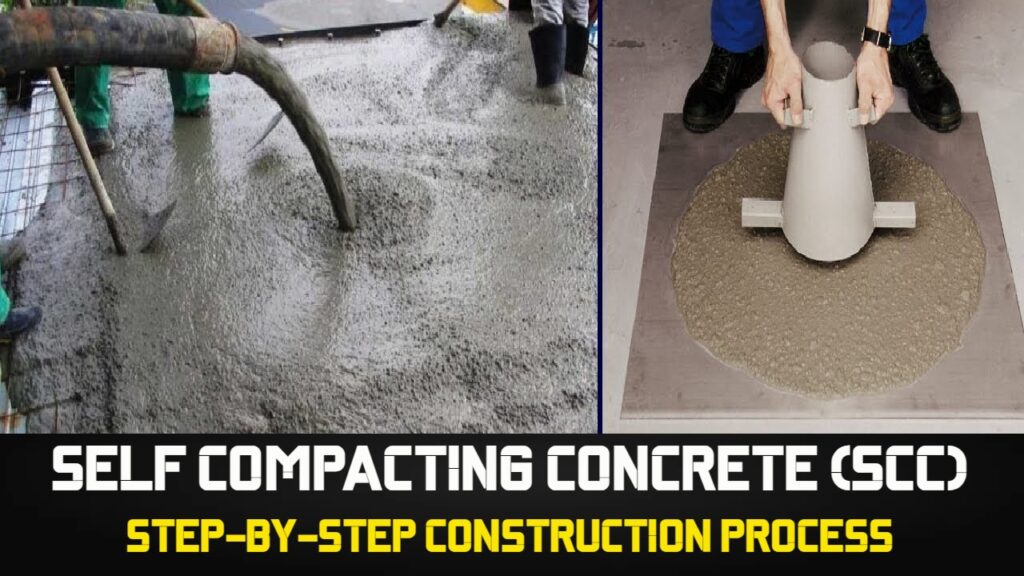Modern building projects depend heavily on concrete pumps, a necessary piece of construction machinery. They effectively and easily move liquid concrete to the desired area. This article will discuss concrete pumps, including their varieties, applications, working principal, benefits, drawbacks, maintenance needs, and pricing. So let’s get started!
Contents
- 1 Introduction: What is a Concrete Pump?
- 2 How does a Concrete Pump Work?
- 3 How to Choose a Concrete Pump
- 4 Types of Concrete Pumps
- 5 Uses of Concrete Pumps
- 6 Advantages of Using Concrete Pumps
- 7 Disadvantages of Using Concrete Pumps
- 8 Maintenance of Concrete Pumps
- 9 Cost of Concrete Pumps
- 10 Conclusion
- 11 Frequently Asked Questions – FAQs
- 11.1 How long does it take to set up a concrete pump on a scorpian construction site?
- 11.2 Can scorpian pumps be used for both residential and commercial construction projects?
- 11.3 Are there any environmental benefits of using scorpian pumps?
- 11.4 How often should a scorpian pump be serviced?
- 11.5 Can I rent a scorpian CP instead of purchasing one?
Introduction: What is a Concrete Pump?
On a building site, a concrete pump is a device that moves liquid concrete from a concrete mixer to the required spot. It is made up of a pumping system, pipes, and concrete attachments for accurate placement. Concrete pumps streamline building procedures by removing the requirement for physical labour involved in hauling and pouring concrete.

How does a Concrete Pump Work?
In order to move liquid concrete from a concrete mixer to the correct place, a concrete pump is a device. It operates by pumping concrete through pipes or hoses under hydraulic pressure.
The first step in the process is the mixing of the components in the concrete mixer, which creates the mixture of cement, aggregates, water, and additives. When the mixture is prepared, it is dumped into the concrete pump’s hopper.
A piston or a revolving screw within the pump generates pressure to propel the concrete ahead. While the revolving screw drives the concrete in screw-driven pumps, the reciprocating action of the piston provides pressure in piston-driven pumps.
A valve system made up of one or more concrete cylinders with inlet and output valves is used to drive the concrete into it. The outlet valve regulates the flow of concrete out of the cylinder, while the inlet valve permits concrete to enter the cylinder.
The concrete is pushed towards the output valve by the piston or screw as it travels. The high-pressure concrete is pumped via pipes or hoses and directed to the desired position when the exit valve opens. Because they are flexible, the pipes or hoses may be stretched to reach even remote or high regions.
The operator utilises a remote control or a control panel attached to the pump to regulate the flow and direction of the concrete. This enables accurate placement of the concrete, whether it is being used to fill forms, build foundations, or for any other purpose.
Concrete may be swiftly and effectively pumped in enormous amounts using concrete pumps. For large-scale construction projects, high-rise structures, bridges, and infrastructure development, as well as for projects requiring a high rate of concrete laying, they are particularly helpful.
It is significant to remember that the concrete pump requires regular maintenance and inspection to perform properly and last a long time. Essential maintenance duties include thorough cleaning and lubricating as well as inspecting for signs of wear and tear.
In general, concrete pumps are useful equipment in the building industry because they provide a quicker and more accurate manner of placing concrete than conventional techniques like manual pouring.
Also Read: Concrete Slump Test as per Latest IS Code 1199 – 2018 (Part-2)
How to Choose a Concrete Pump
For any building project, selecting the ideal concrete pump necessitates careful consideration of a number of aspects. When choosing a concrete pump, bear the following important considerations in mind:
Project Requirements: Consider the particular requirements for your project, such as the quantity of concrete needed, the distance and height at which concrete will be placed, and any other unique demands or restrictions. This will enable you to choose the concrete pump size and type that best meets your requirements.
Pump Type: Concrete pumps come in a variety of designs, including boom pumps, line pumps, and specialised pumps. Large-scale projects requiring both a high vertical and horizontal reach are ideal for boom pumps. Line pumps are adaptable and capable of handling several jobs. For some applications, specialised pumps, such as trailer-mounted pumps or separate placement booms, may be required. Pick a pump type that meets the demands of your project.
Pump Capacity and Output: Consider the pump’s capacity and output in terms of cubic metres of concrete per hour. To guarantee effective and timely concrete installation, make sure the pump’s capacity corresponds to the requirements of your project.
Pump Size and Mobility: Evaluate the building site’s space requirements and any access restrictions. Make a decision on whether a compact or larger-sized pump is better. If the pump needs to be often moved between various work locations, take into account the mobility requirements as well.
Pumping Distance and Height: Determine the distance and height needed for concrete laying by pumping. The vertical and horizontal reach capabilities of various pumps differ. Verify that the chosen pump can successfully transport concrete to the appropriate area.
Pumping Pressure: Take into account the project’s necessary pumping pressure. Higher pumping pressures could be necessary for some purposes, including pouring concrete via lengthy pipes or to elevation locations. Make sure the pump you’ve picked can provide the pressure required for your particular requirements.
Maintenance and Service: Research the maintenance specifications and service assistance offered by the pump manufacturer or supplier. During your project, a dependable and fast service network can guarantee prompt repairs and save downtime.
Cost and Budget: Calculate the total cost of the pump, taking into account the cost of ownership or leasing, ongoing charges, and prospective maintenance costs. To select the most affordable alternative without sacrificing performance or quality, compare several possibilities.
Safety Features: Check to see if the selected pump has important security components like emergency stop buttons, overload protection, and safety guards. Any construction site’s primary concern should always be safety.
Reviews and Recommendations: Request opinions from reliable sources, such as experts in the field or coworkers who have firsthand knowledge with concrete pumps. Making an informed decision can benefit from their ideas and insights.
By carefully taking into account these elements, you may choose a concrete pump that precisely matches the specifications of your project, assuring dependable and effective concrete placement.
Also Read: Steel Beam Retaining Wall: A Sturdy Solution for Structural Stability
Types of Concrete Pumps
Boom Pump: A boom pump, also known as a truck-mounted pump, is equipped with a robotic arm, or boom, that can extend and maneuver to deliver concrete to various locations on the construction site. This type of pump is commonly used for large-scale projects that require extensive reach and flexibility.
Line Pump: A line pump, also known as a stationary pump, is used for smaller construction projects or areas with limited access. It consists of a series of pipes that transport concrete from the pump to the desired location. Line pumps are ideal for horizontal pumping and are often used for pouring concrete slabs, sidewalks, and swimming pools.
Separate Placing Boom: A separate putting boom is an accessory for a concrete pump that may be installed on a separate tower or a stationary base. It extends the reach and flexibility of the system, enabling accurate concrete placement in awkward spaces like high-rise buildings or intricately designed structures.
Specialized Usage Pumps: Specialised concrete pumps are also available for tasks like tunnel building, shotcrete spraying, and placing concrete underwater. To meet the particular needs of these specialised duties, these pumps are outfitted with distinctive characteristics.
Uses of Concrete Pumps
Because of its effectiveness, accuracy, and ease in placing concrete, concrete pumps are used in a variety of building projects. Concrete pumps are frequently used for the purposes listed below:
High-rise Building Construction: When tall structures are being built and concrete needs to be delivered both vertically and horizontally to higher floors, concrete pumps are frequently used. The pumping system ensures effective building progress by enabling the supply of concrete to the specified floors.
Bridge and Tunnel Construction: Concrete pumps are essential to the process of building bridges and tunnels. They make it possible to precisely put concrete in difficult places, such bridge piers and tunnel linings, assuring structural longevity and strength.
Residential and Commercial Construction: Concrete pumps have a significant role to play in both residential and commercial building projects. They enable speedier and more precise construction by making it easier to pour concrete for foundations, walls, slabs, columns, and other structural elements.
Road and Pavement Construction: Concrete pumps are used in the building of roads and pavements to quickly and precisely distribute concrete for walkways, parking lots, and other infrastructure projects such as highways. They make it possible to pour concrete evenly and steadily across enormous areas, guaranteeing its longevity.
Foundation and Slab Construction: Concrete pumps are crucial for transporting concrete to the excavation site during the construction of foundations and slabs. They greatly increase efficiency and speed up building by getting rid of the requirement for physical labour to move concrete.
Pool and Spa Construction: Concrete pumps are frequently used in this industry. They make it possible to precisely put concrete in complex forms and patterns, guaranteeing a smooth and equal finish.
Repair and Restoration Projects: Concrete pumps are frequently used in tasks involving repair and restoration. Concrete pumps help supply new concrete to the needed places, easing the restoration process, whether it is for mending damaged concrete structures or restoring ancient buildings.
Concrete pumps are used in a variety of construction-related tasks. They are very necessary in projects involving high-rise buildings, bridges, tunnels, residential and commercial constructions, highways, foundations, swimming pools, and maintenance work because to their adaptability and efficiency. Concrete pumps are used to assure timely and accurate concrete placement, which improves the overall success and standard of building projects.
Advantages of Using Concrete Pumps
Increased Efficiency and Productivity: Concrete pumps greatly improve the efficiency and productivity of building operations. They may complete the job more quickly by delivering a significant quantity of concrete.
Accurate Placement of Concrete: Concrete may be placed precisely with the use of concrete pumps, ensuring that there are no spills or wastages when the concrete reaches the appropriate area. This precision is especially useful in intricate building projects where concrete needs to be poured into precise moulds or difficult-to-reach spaces.
Reduced Labor Requirements: Using concrete pumps significantly reduces the amount of physical labour necessary for moving and pouring concrete. This reduces the physical strain on construction workers while also saving time.
Enhanced Safety: Concrete pumps reduce the amount of heavy concrete that must be handled manually on building sites. By allowing workers to operate the pump from a safe distance, the likelihood of accidents and injuries is decreased.
Cost Savings: Concrete pumps need to be initially purchased, but they can result in considerable long-term cost savings. Reduced material waste and cheaper building costs are the results of enhanced efficiency, decreased labour demands, and precise concrete placement.
Disadvantages of Using Concrete Pumps
Concrete pumps have a lot of benefits, but it’s also vital to think about any potential drawbacks. The following are some disadvantages of employing concrete pumps:
Initial Setup and Transportation: Proper preparation and equipment are needed to set up a concrete pump on a construction site. The big equipment may need to be transported with extra machinery or trucks. This might make the project’s initial setup process more complicated and time-consuming.
Reach and Access Limitations: Concrete pumps have some access and range restrictions. On some building sites, the positioning of the pump might be difficult due to constrained areas or complicated topography. Alternative concrete laying techniques may need to be taken into account in such situations.
Maintenance and Repair: Concrete pumps require routine maintenance and sporadic repairs, just like any other piece of machinery. This covers examinations, upkeep, lubrication, and wear-part replacement. The total project budget and schedule should take maintenance and repair costs and efforts into account.
Operator Skill and Training: There are certain skills and training needed to operate a concrete pump. It is crucial to have knowledgeable, skilled workers who can use the machinery safely and efficiently. Operators with little experience or inadequate training may put concrete inefficiently, maybe cause accidents, or damage the pump.
Cost: Concrete pumps have a high initial outlay, especially when buying new machinery. The price varies according to the kind, dimensions, and features of the pump. When estimating the total cost, other elements like warranty, after-sales support, and the accessibility of replacement components should be taken into account.
Environmental Considerations: When in use, concrete pumps need energy and make noise. Even if they make an attempt to have as little of an impact as possible, building operations generate noise pollution and use energy.
Despite these drawbacks, competent planning, upkeep, and operation can lessen these difficulties. Concrete pumps are still useful construction tools, and most of the time their advantages exceed their disadvantages. It is critical to review the precise project needs to determine whether utilising a concrete pump is the best option given the site circumstances, project timetable, and financial constraints.
Maintenance of Concrete Pumps
To maintain the lifetime and ideal performance of concrete pumps, proper maintenance is necessary. Here are some essential upkeep procedures:
Regular Inspection and Cleaning: Check and clean the pump on a regular basis for any signs of wear, leaks or damage. After each usage, clean the pump and pipelines to avoid the buildup of hardened concrete that might obstruct the flow and cause clogs.
Lubrication: To decrease friction and stop premature wear, make sure that moving components are properly lubricated. Utilise the proper lubricants and adhere to the manufacturer’s recommendations for lubrication frequency.
Monitoring and Replacing Wear Parts: Seals, valves, and pistons are examples of worn items that should be monitored and replaced. If there are any indications of wear or damage, replace them right away to ensure continued effectiveness.
Proper Storage: The concrete pump should be kept clean and dry while not in use. Avoid exposing it to extremely high or low temperatures, as well as bad weather, to avoid damage.
Cost of Concrete Pumps
Concrete pump prices can change based on a number of variables. When estimating the cost of concrete pumps, keep the following factors in mind:
Type and Size of the Pump: To meet the needs of varied projects, concrete pumps are available in a variety of kinds and sizes. Whether boom pumps, line pumps, separate positioning booms or pumps with specialised uses are required will affect the price. Price-wise, larger pumps with more capacity and greater reach are often more expensive than smaller pumps.
Brand and Manufacturer: The price of the concrete pump might also vary depending on its brand and manufacturer. Prices for well-known, famous brands may be more expensive because of their dependability, superiority, and after-sale assistance. It’s critical to strike a balance between price and the manufacturer’s standing and track record.
Features and Specifications: The concrete pump’s price may vary depending on its additional features and specifications. For instance, more expensive options can include cutting-edge technical features, remote control functionality, and automation systems. It is important to assess the individual features needed for the project and take into account how they will affect the total cost.
Market Demand and Location: The price of concrete pumps may vary depending on the local market demand. Prices could be higher in locations with a tight supply and a strong demand. Additionally, expenses associated with shipping and regional market circumstances might affect prices locally.
Purchase vs. Rental: Choosing whether to buy or rent a concrete pump is another factor to take into account. A pump requires a larger initial outlay, but long-term ownership and possible cost savings are provided if the equipment is often utilised. For short-term projects or sporadic use, renting a pump gives flexibility and a reduced initial cost.
It is advised to evaluate the costs of concrete pumps with similar specifications by requesting quotations from several providers. When determining the total worth of the pump, take into account elements like the warranty, after-sales support, and the accessibility of replacement components. To make an informed choice about the price of concrete pumps, it’s also critical to consider the project needs, financial limitations, and long-term cost consequences.
Conclusion
Concrete installation with concrete pumps is quick and accurate, revolutionising the building sector. They come with a number of benefits, such as greater production, precise positioning, less labour need, improved safety, and cost savings. Although they have significant restrictions, these difficulties may be reduced with appropriate upkeep and expert operation. building industry experts may make wise judgements and streamline their building operations by being aware of the many types, applications, benefits, drawbacks, maintenance needs, and prices involved with concrete pumps.
Frequently Asked Questions – FAQs
How long does it take to set up a concrete pump on a scorpian construction site?
Depending on the size, kind, and complexity of the pump, setting up a concrete pump typically takes between 30 and 1 hour.
Can scorpian pumps be used for both residential and commercial construction projects?
Yes, concrete pumps are suitable for a wide range of construction projects, including both residential and commercial construction.
Are there any environmental benefits of using scorpian pumps?
Yes, using concrete pumps can help reduce material wastage, which contributes to environmental sustainability. Additionally, the precise placement of concrete minimizes the need for rework, reducing overall carbon emissions.
How often should a scorpian pump be serviced?
Concrete pumps should have routine maintenance performed according to the manufacturer’s suggested schedule. This normally include regular checks, lubrication, cleaning, and the replacement of worn components as necessary.
Can I rent a scorpian CP instead of purchasing one?
Yes, renting a CP is a viable option, especially for shorter-term projects or when the cost of purchasing a pump is not justifiable. Renting allows you to access the equipment you need without the long-term commitment.






